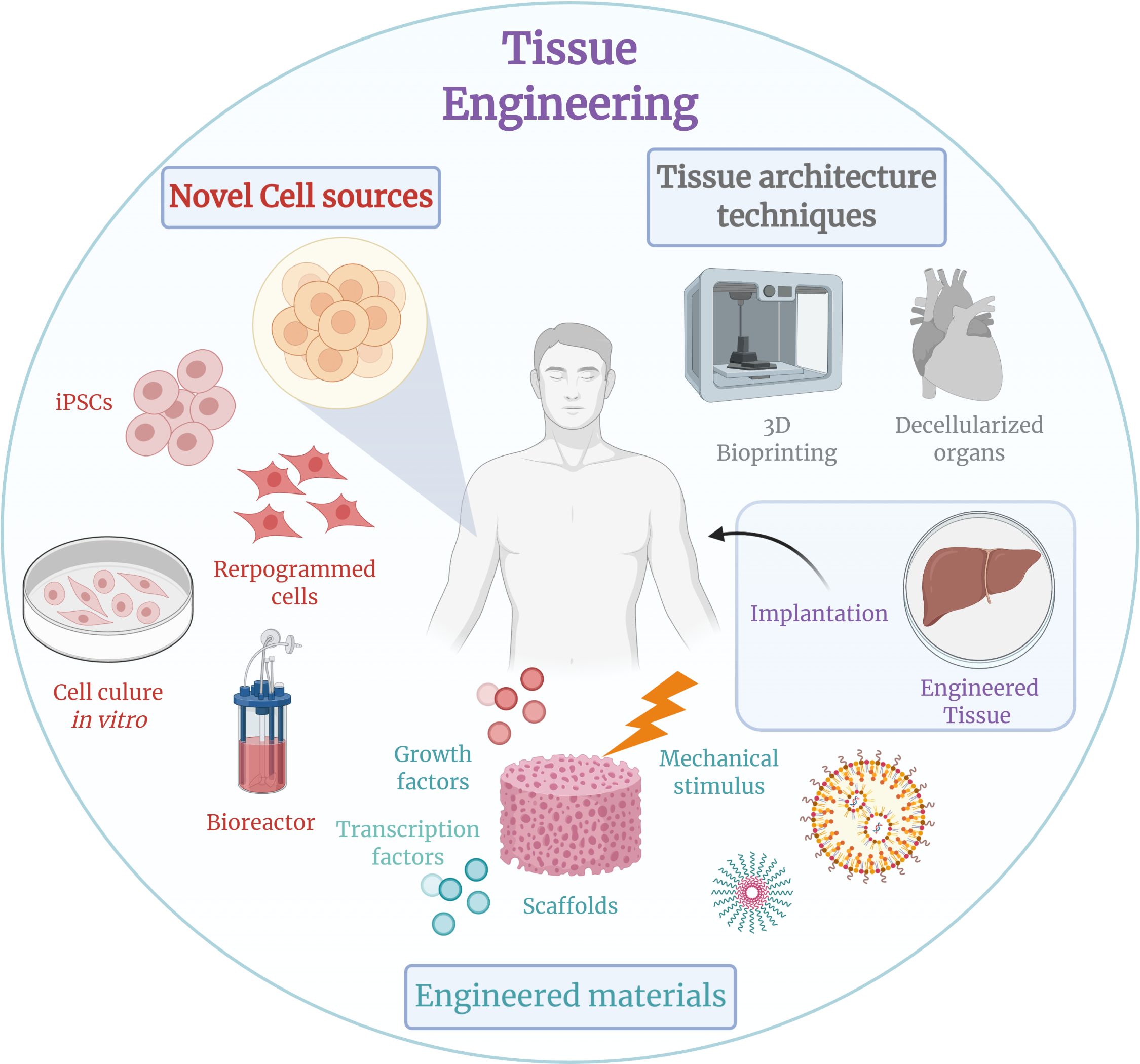Table of Contents

[/image][=video]
[/video]
There are many kinds of stem cells. Generally, the term stem cell describes a category of cells that provide increase to other cells (like skin, blood, heart, and muscular tissue cells) by duplicating and setting apart in action to chemical cues. Totipotent stem cells show up at the earliest phase of advancement and are the only stem cells which can create beginning stem cells and the placenta.
Bone marrow transplant (BMT) is an unique treatment for patients with specific cancers cells or various other illness. A bone marrow transplant includes taking cells that are normally located in the bone marrow (stem cells), filtering system those cells, and giving them back either to the benefactor (individual) or to one more individual. The objective of BMT is to transfuse healthy bone marrow cells right into a person after his/her very own harmful bone marrow has actually been treated to eliminate the uncommon cells.
Bone marrow is the soft, spongy tissue found inside bones. It is where a lot of the body's blood cells establish and are stored. The blood cells that make other blood cells are called stem cells. One of the most primitive of the stem cells is called the pluripotent stem cell. This is various than other blood cells when it come to the complying with residential properties: It has the ability to recreate another cell similar to itself.
It is the stem cells that are needed in bone marrow transplant. The objective of a bone marrow transplant is to treat several conditions and sorts of cancer cells. When the dosages of chemotherapy or radiation needed to cure a cancer cells are so high that an individual's bone marrow stem cells will certainly be completely damaged or ruined by the treatment, a bone marrow transplant may be required.
Menopause Therapy
This process is commonly called rescue. Change bone marrow with genetically healthy and balanced operating bone marrow to avoid more damages from a genetic illness process (such as Hurler's disorder and adrenoleukodystrophy). The threats and advantages have to be considered in a complete discussion with your healthcare carrier and specialists in bone marrow transplants before the treatment.
There are various kinds of bone marrow transplants depending on who the donor is. The different kinds of BMT consist of the following: The donor is the client himself or herself. Stem cells are drawn from the person either by bone marrow harvest or apheresis (a procedure of collecting outer blood stem cells), icy, and afterwards provided back to the person after intensive therapy.
The donor shares the very same genetic kind as the person. Stem cells are taken either by bone marrow harvest or apheresis from a genetically matched benefactor, generally a brother or sister. Various other benefactors for allogeneic bone marrow transplants might include the following: A haploid-identical match is when the donor is a moms and dad and the genetic suit goes to the very least half identical to the recipient.

Matching includes inputting human leukocyte antigen (HLA) tissue. The antigens externally of these unique leukocyte determine the hereditary makeup of an individual's immune system. There go to least 100 HLA antigens; nevertheless, it is believed that there are a couple of major antigens that identify whether a donor and recipient match.
Clinical study is still examining the role all antigens play in the process of a bone marrow transplant. The more antigens that match, the better the engraftment of contributed marrow. Engraftment of the stem cells happens when the contributed cells make their way to the marrow and start making new blood cells.
Hormone Therapy servicing Romulus, Michigan
All people function together to provide the best chance for a successful transplant. The team is composed of the following: Healthcare service providers that specialize in oncology, hematology, immunology, and bone marrow hair transplant.
Professionals who will certainly assist you satisfy your nutritional needs before and after the transplant. Several other group participants will assess you prior to transplant and will certainly offer follow-up treatment as needed.

A full medical background and physical examination are done, including numerous examinations to review the client's blood and organ features (for instance, heart, kidney, liver, and lungs). A person will certainly often enter into the transplant facility up to 10 days prior to transplant for hydration, analysis, positioning of the main venous line, and other prep work.
Blood products and medicines will be provided with the catheter during therapy. For an allogeneic transplant, an appropriate (tissue entered and matched) contributor has to be offered. Finding a matching benefactor can be a difficult and extensive procedure, especially if a sibling suit is not offered. Volunteer marrow donors are registered in numerous nationwide and global pc registries.
Benefactor sources readily available consist of: self, sibling, moms and dad or relative, nonrelated individual, or umbilical cord from a related or nonrelated individual. There are nationwide and worldwide windows registries for nonrelated individuals and cord blood. Some family participants might be entered due to the desire to help. These loved ones may or might not choose to have their type registered for usage with other recipients.
Perimenopause Treatment in Romulus
Tests connected to his/her health, exposure to infections, and hereditary evaluation will be done to identify the degree of the match. The benefactor will certainly be given guidelines on just how a bone marrow donation will be made. Once a match for a person needing a bone marrow transplant is found, then stem cells will be gathered either by a bone marrow harvest.
Or by an outer blood stem cell collection. This is where stem cells are collected from the circulating cells in the blood. Of both, peripheral blood stem cell donations are currently more typical. Cord blood has actually already been collected at the time of a birth and saved for later use.
Navigation
Latest Posts
Regenerative Therapy local to Romulus, Michigan
Medical Group
Stem Cell Therapy